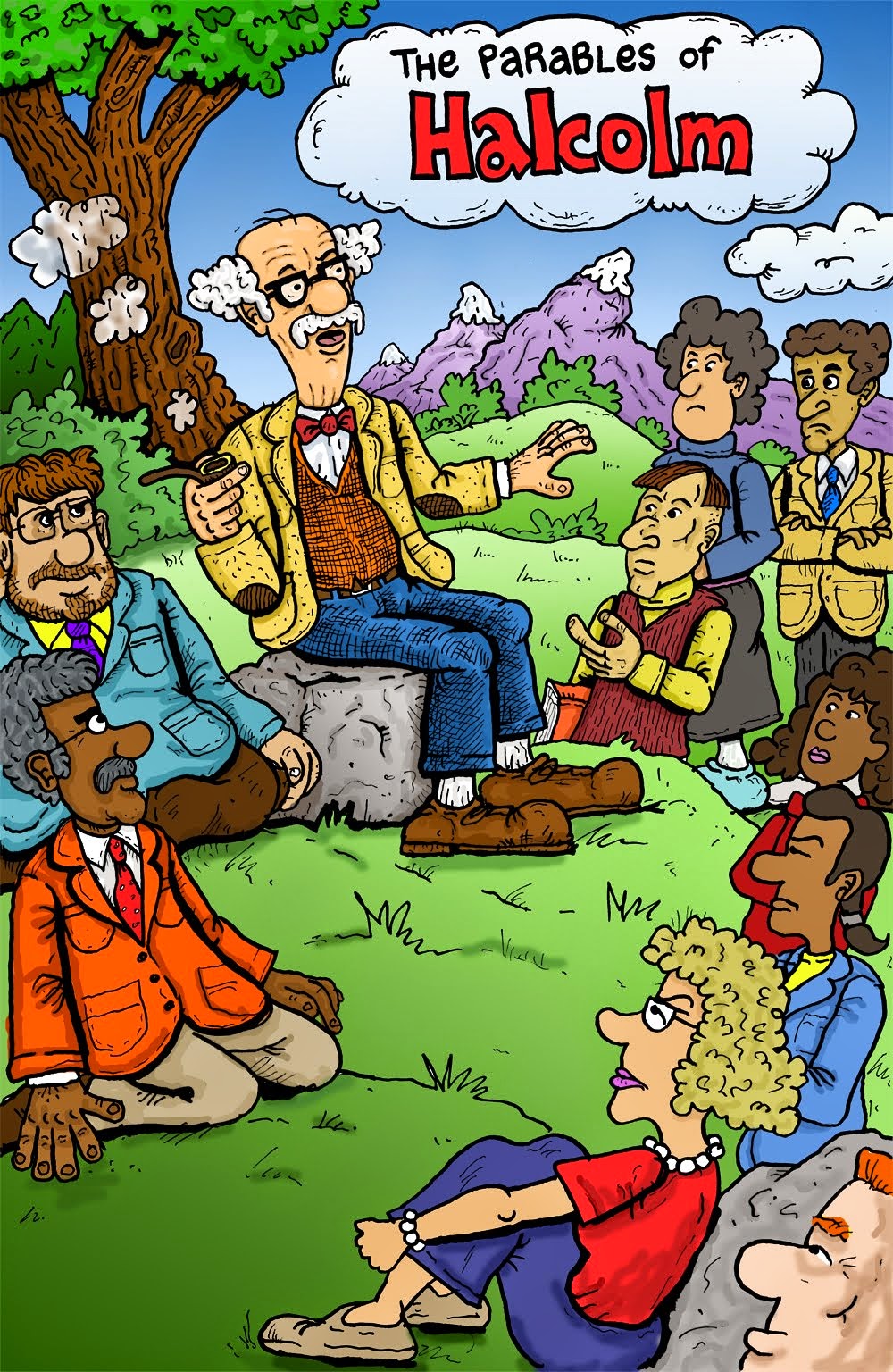

A lot of artists draw cartoon bees as cute little characters. I envisioned this one,
Buzz, as more of a disgruntled employee type. I mean, hey, they have to work all the time!


Well, in the cartoons, maybe sometimes they can put their feet up and have a cup of Joe.

They always have to do what the Queen says, but they don't have to like it!

Even the most satisfying of jobs can become humdrum at times.

Sometimes the literature they give you to tell you how to do your job just makes you laugh.

You know, they say bees sting you only when they're frightened, but that's no consolation to the guy who's just been stung.
I was given an assignment recently to create an article for a children's magazine. It had to be something about Bees. I remembered that I had these drawings in my portfolio. I think I drew them about 14 years ago. I decided to use them and write an article about designing cartoon characters. Something a lot of people ask is, "How do you keep the characters looking the same from panel to panel?" I made these drawings as a teaching aid years ago to explain some tips.

One of the things you ask yourself is "How many heads tall is my character?" The average person is 7.5 heads tall. Cartoon characters are much more compact. It's something to think about as you draw, so that your character doesn't get taller or shorter from page to page. The diagram about shows how this character is roughly consistent in proportion.

When I was a kid, I had this excellent book called
The Secrets of Professional Cartooning by
Ken Muse. I think it's out of print, and it's too bad, because it helped me learn cartooning probably more than any other book. Muse advocated "creating a doodle" for each character you invent. That's a quick basic outline of the shapes that make them up -- something you can do really quickly. (See below). He also advised drawing your character in every conceivable situation you can imagine them in.






















